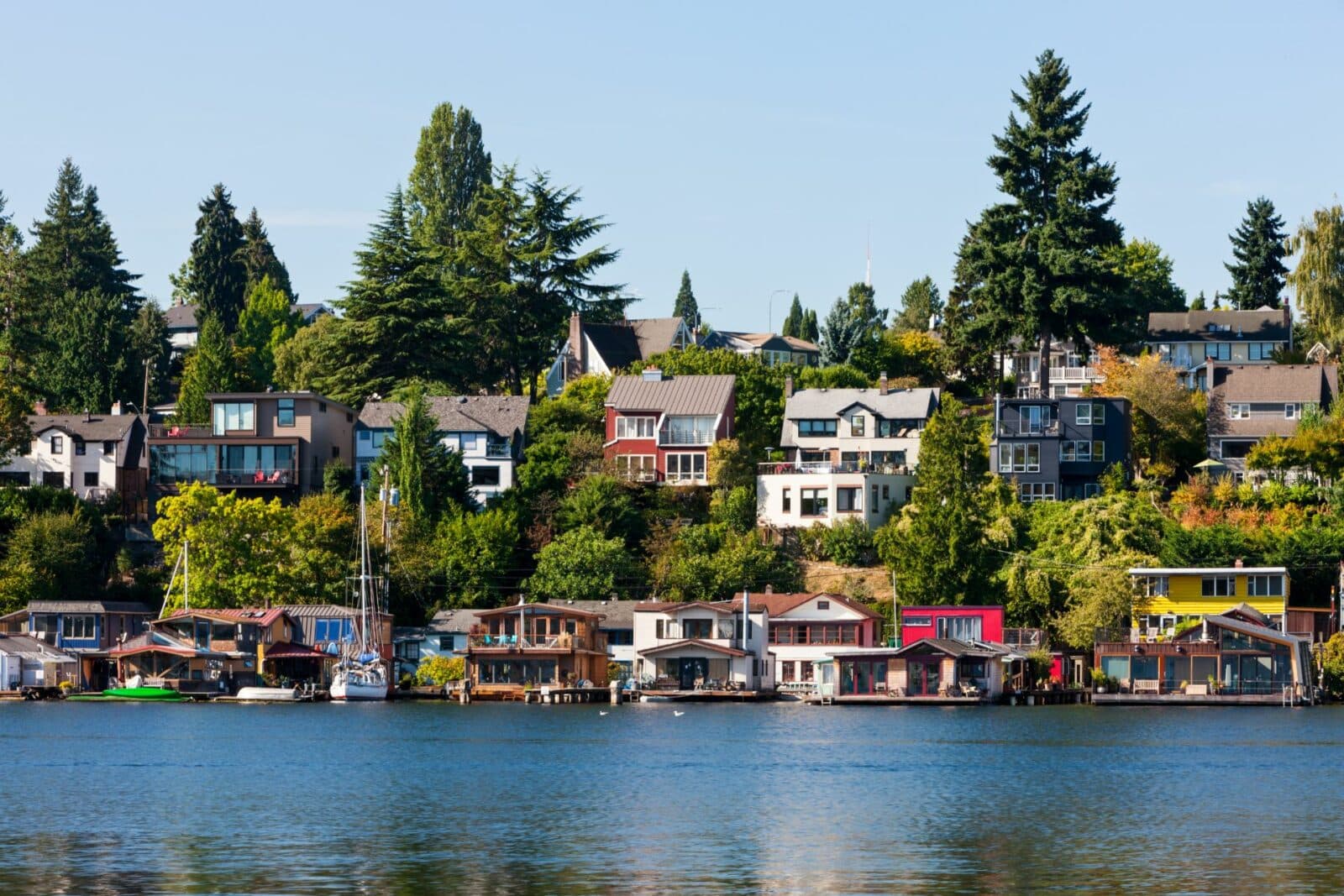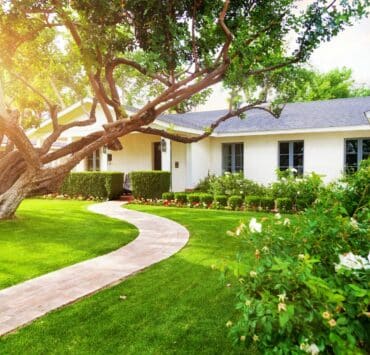Seattle Fort Lawton housing plan revision – a term that has become central to the latest development in Seattle’s ongoing efforts to address its housing crisis. Mayor Bruce Harrell, taking a bold step forward, proposes a significant revision to the city’s housing strategy on the historic Fort Lawton site.

Seattle Fort Lawton Housing Plan Revision: More Homes, More Hope
In a decisive move, Mayor Harrell aims to transform the 34-acre surplus military land adjacent to Discovery Park in Magnolia. The original plan, conceived in 2019, outlined the construction of about 240 housing units. However, in a letter dated December 27, Harrell expressed his ambition to nearly double this number, targeting up to 500 units. “This new plan makes the most of the unique opportunity at this site, creates more needed housing, and increases economic feasibility of the overall project,” Harrell stated, emphasizing the project’s potential to maximize land use while ensuring economic viability.
A Saga of Development: From Inertia to Action
The revision represents a significant development in a nearly two-decade-long saga marked by delays due to legal and political hurdles. The revised plan will undergo rigorous environmental review and require Seattle City Council’s approval. Furthermore, HUD’s endorsement is crucial before any transfer of the Fort Lawton site for housing purposes. HUD spokesperson Vanessa Krueger acknowledged the ongoing review process, noting that they would respond with the next steps after evaluating all issues.
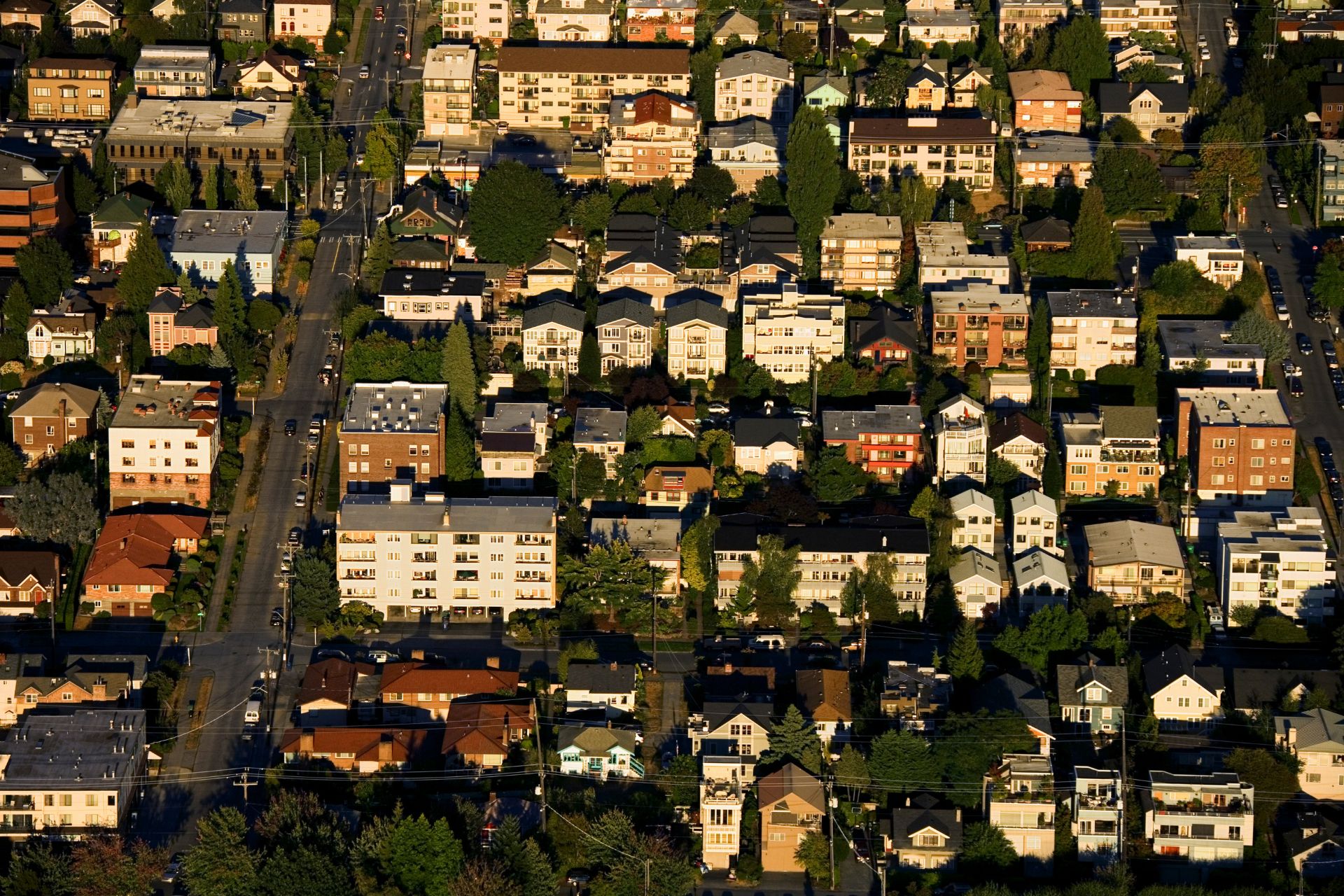
Balancing Public Interest: Parks vs. Housing
The revision might stir mixed reactions. While housing advocates may celebrate the increased unit count, some critics favor integrating the last part of Fort Lawton into Discovery Park. The proposed start of infrastructure construction in late 2025 marks a shift from the initial anticipation of a 2021 commencement, underlining the complexities involved in urban development projects of such scale.
Costs and Viability: A Financial Overview
The project’s financial aspect is equally pivotal. Harrell’s decision was partly influenced by a $200,000 alternatives assessment by real estate advisory company Heartland. This report suggested significantly lower infrastructure costs – about $30 million compared to the previously estimated $100 million. The revised plan’s estimated cost stands at approximately $285 million, a substantial increase from the $90 million projected in 2019. However, Harrell’s office emphasizes that this investment will be offset by acquiring land from the military at a discounted rate.
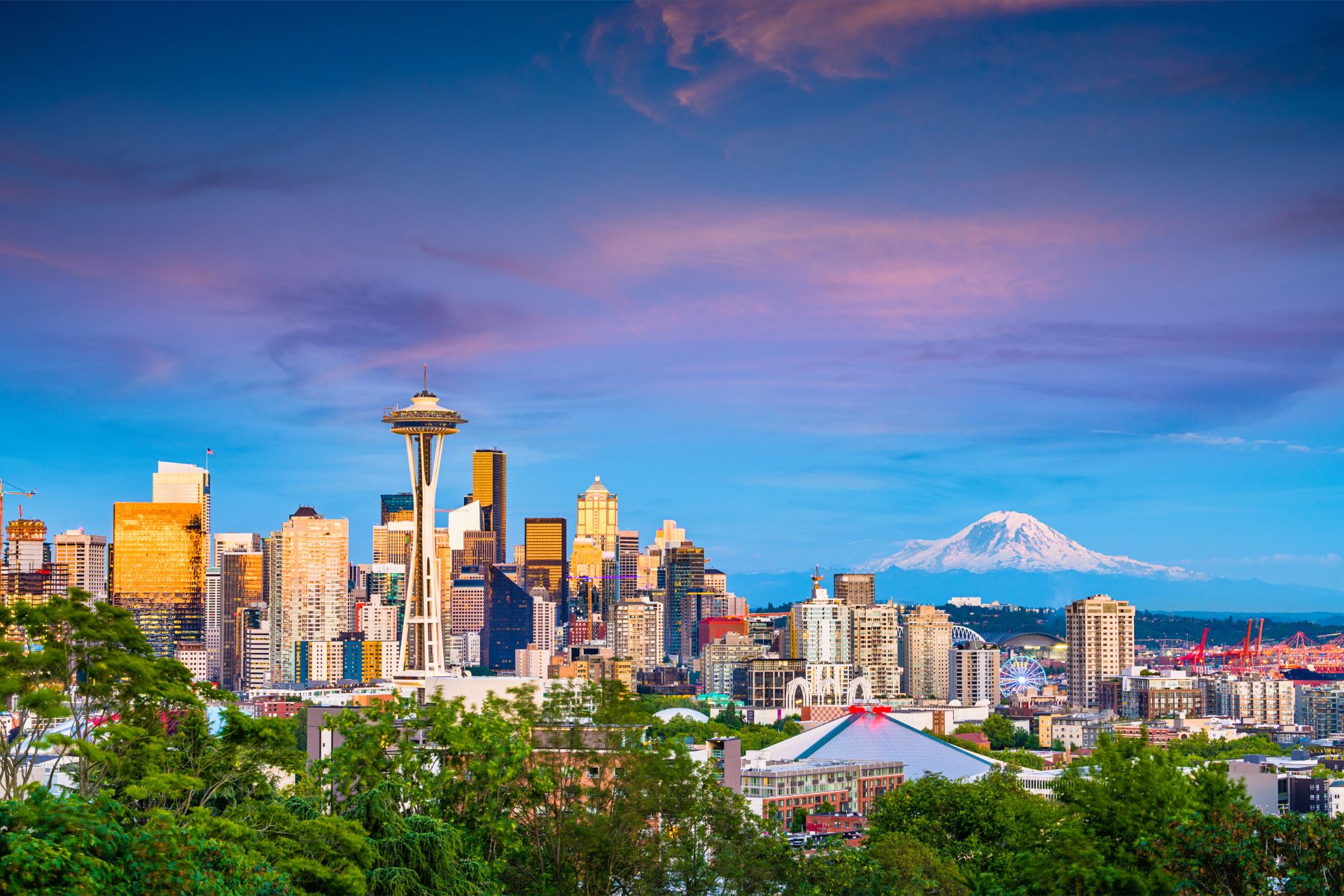
The Road Ahead: A Comprehensive Plan for Diverse Communities
The Heartland report presented three options, with Harrell opting for the mid-range plan aiming for 500 units. This plan balances housing density with preserving park space, an essential aspect of Seattle’s urban landscape. “This revision will further the City’s historic efforts to build affordable housing in Seattle, ensure fair housing opportunities for all, and create diverse and well-rounded communities,” Harrell asserted, committing to the dual goals of housing development and green space preservation.

Funding and Management: Laying the Groundwork
The city is exploring funding options with state and federal agencies and plans to appoint a dedicated project manager for Fort Lawton. The timeline anticipates a housing-density study and supplemental environmental review this year, with critical milestones spread over the next two years, including City Council and HUD approvals.

Conclusion: Shaping Seattle’s Future
The Seattle Fort Lawton housing plan revision represents a significant leap toward addressing the housing needs of one of its most expensive and least diverse neighborhoods. It’s a plan that balances the pressing need for affordable housing with the desire to maintain valuable green spaces, reflecting a comprehensive approach to urban development. As this plan moves forward, it stands as a testament to Seattle’s commitment to creating a more inclusive and livable city for all its residents.
Related posts:
 Surge in US Housing: A Close Look at the November 2023 Boom
Surge in US Housing: A Close Look at the November 2023 Boom
 2024 Military Housing Panel: Empowering Voices of Military Families
2024 Military Housing Panel: Empowering Voices of Military Families
 Healthcare or Housing? An Increasing Number of States Redirect Medicaid Funds to Aid the Homeless
Healthcare or Housing? An Increasing Number of States Redirect Medicaid Funds to Aid the Homeless
 Denver Housing Market Challenges: Zillow Reveals Homebuyers Now Need $173K Annual Income
Denver Housing Market Challenges: Zillow Reveals Homebuyers Now Need $173K Annual Income
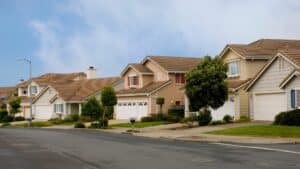 “Sign & Save Program” Goes Nationwide in 2024: A New Era for Homebuyers with Redfin
“Sign & Save Program” Goes Nationwide in 2024: A New Era for Homebuyers with Redfin
